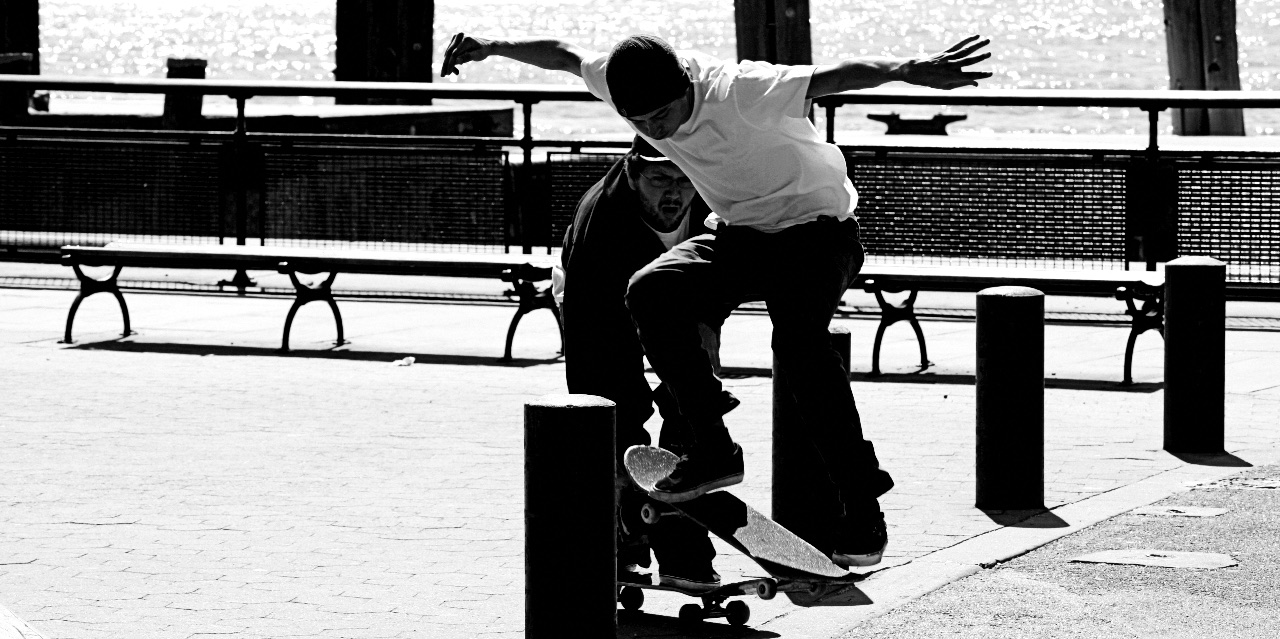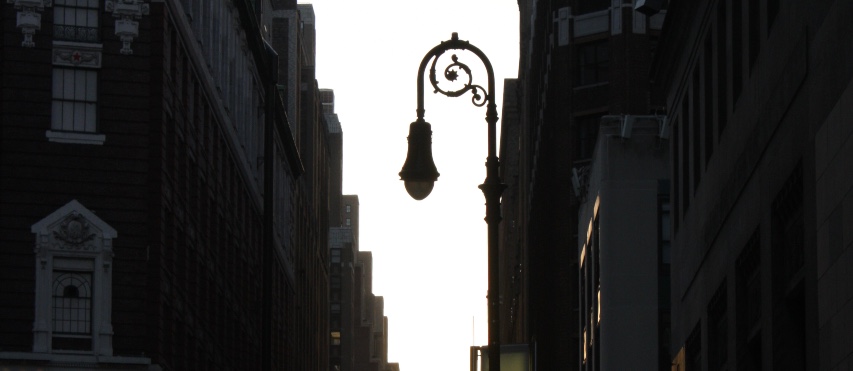Last week a Dutch biography of the murdered artist Theo van Gogh (1957-2004) was published. Even after seven years of work, his biographer admitted in a television interview that he was occasionally confused as to why Theo did what he did. The sole job of a biographer, however, is to understand before writing down the words. His confusion is characteristic of a broader societal uncertainty about righteousness.
Canadian singer and writer Leonard Cohen (1934-2016) would have understood, because he wrote about ‘balancing monsters of love’ in his 1966 novel Beautiful Losers:
‘A saint does not dissolve the chaos; if he did the world would have changed long ago. I do not think that a saint dissolves the chaos even for himself, for there is something arrogant and warlike in the notion of a man setting the universe in order. (…) Far from flying with the angels, he traces with the fidelity of a seismograph needle the state of the solid bloody landscape. His house is dangerous and finite, but he is at home in the world. He can love the shape of human beings, the fine and twisted shapes of the heart. It is good to have among us such men, such balancing monsters of love.’
And so, heroes must not be mistaken for those who want to dissolve all chaos, sometimes known as rebels. Writer William Pfaff (1928-2015) described different cases of rebellious arrogance –and their consequences– in the early twentieth century in his 2005 book The Bullet’s Song, Romantic Violence and Utopia. He argues that the desire to be a hero stems from humanity losing a long-standing ‘Chivalric Code’ when the Great War broke out in 1914, and that rebellion fueled by despair only results in even more chaos. Today, in a time when the establishment tends to sell out and many newcomers turn out to be opportunists or con artists, it is useful to have a solid definition of what makes a hero.
One person who could have had a beautiful definition of heroism is the director of the Dutch Resistance Museum in Amsterdam, however, she claims that heroes do not exist. A year ago, the museum abolished the word ‘verzetsheld’, ‘resistance hero’, and replaced it with ‘verzetsmensen’, ‘resistance people’. The historian invited on the radio shows, whichever rolodex the editors had pulled him from, voiced the remarkably unheroic argument that ‘heroes are not necessarily saints.’
Language, thankfully, belongs not to museum managers or historians but to the people. Writer Walter Lippmann (1889-1974) wrote in 1937, shortly after writer and aviation pioneer Amelia Earhart had disappeared over the Pacific Ocean: ‘The world is a better place to live in because it contains human beings who will give up ease and security and stake their own lives in order to do what they themselves think worth doing.’
All rebels are not balancers but all balancers are rebels. Theo van Gogh, who was murdered twenty years ago, was a balancer. Politician Pim Fortuyn, who was murdered twenty-two years ago, was a balancer. Their absence has caused a major imbalance.
In the natural sciences, balance is known as homeostasis: a place of harmony and health where heroism is not a question but a given. Humans are the only living creatures capable of knocking life out of balance, but they are equally capable of restoring it, by becoming heroes, saints, or ‘balancing monsters of love’.
Published in Dutch on The Fire Online



